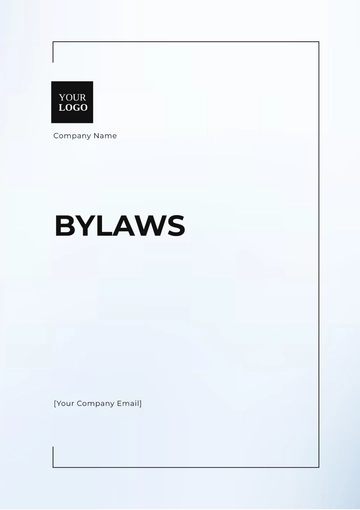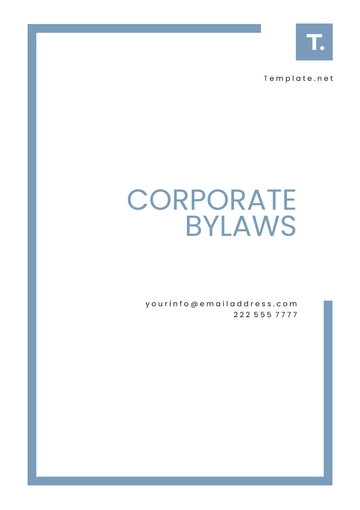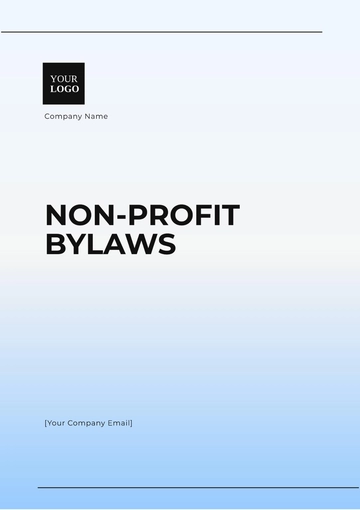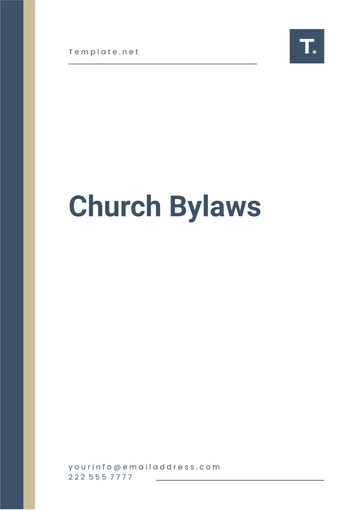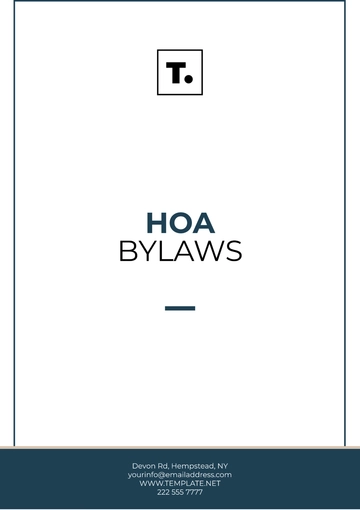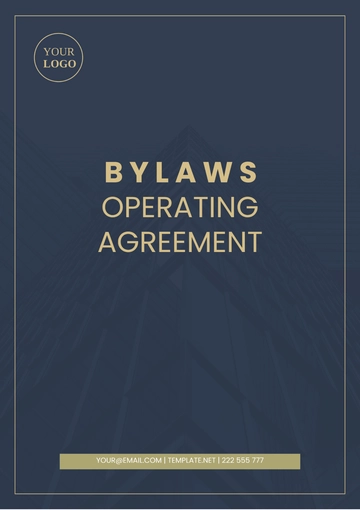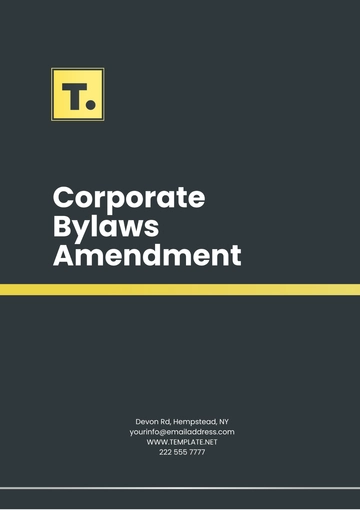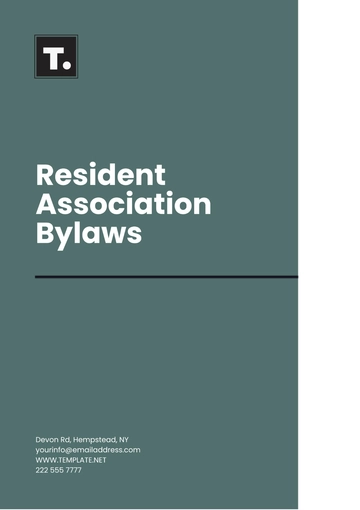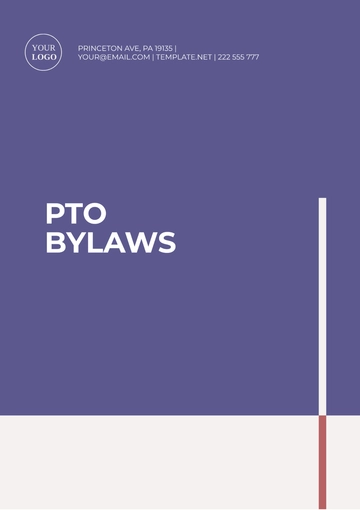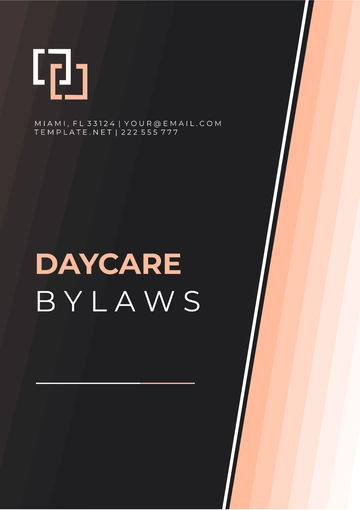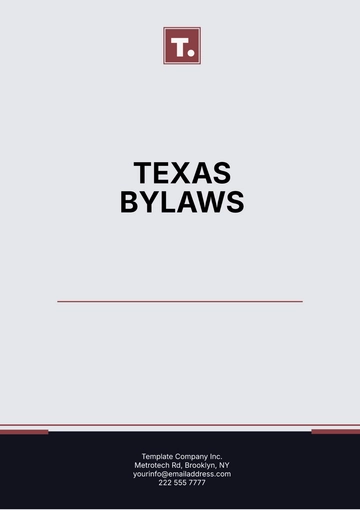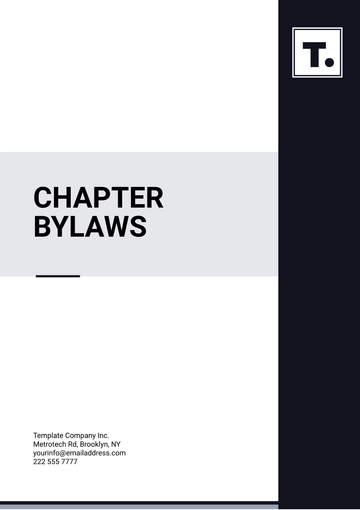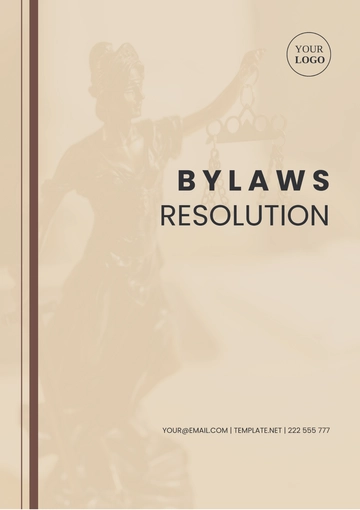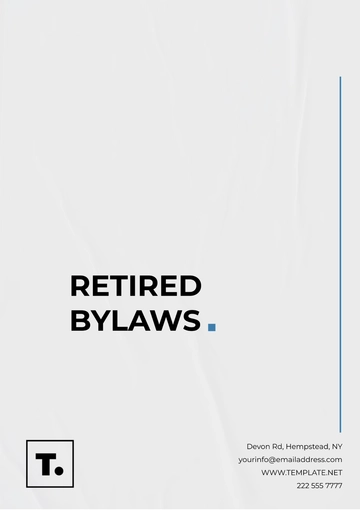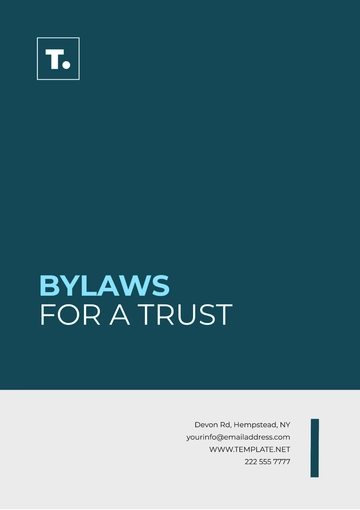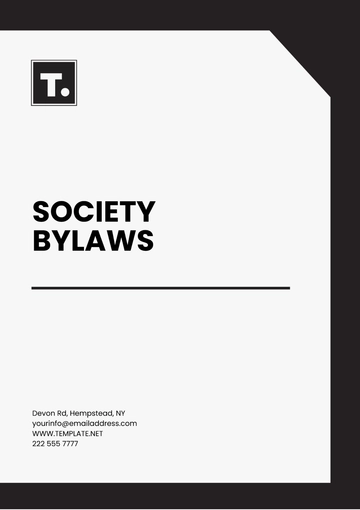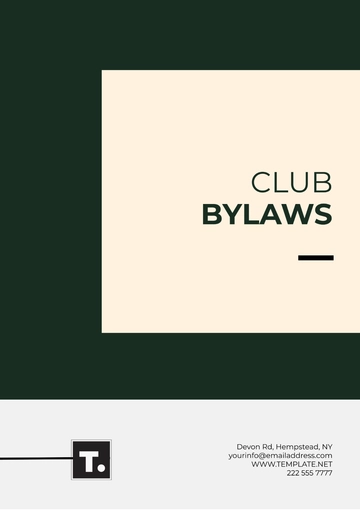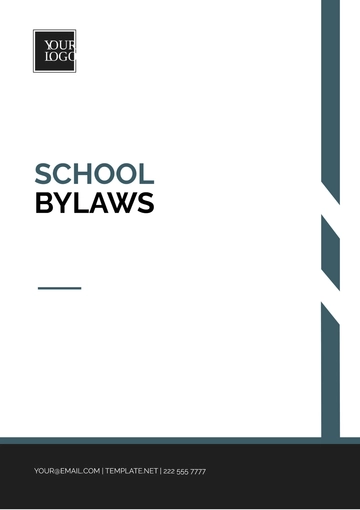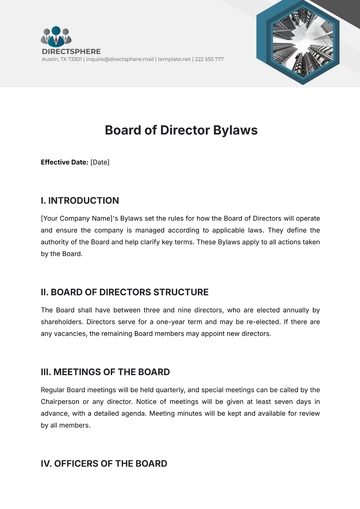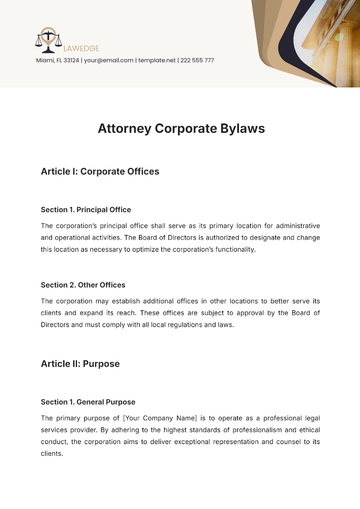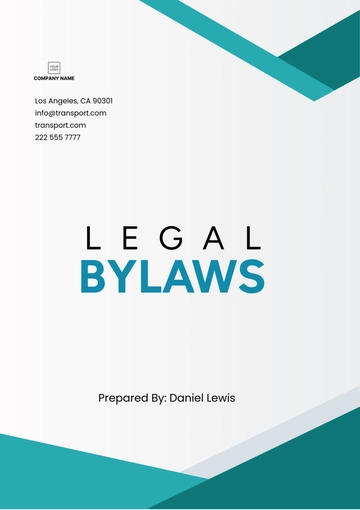Free Edgartown Zoning Bylaws
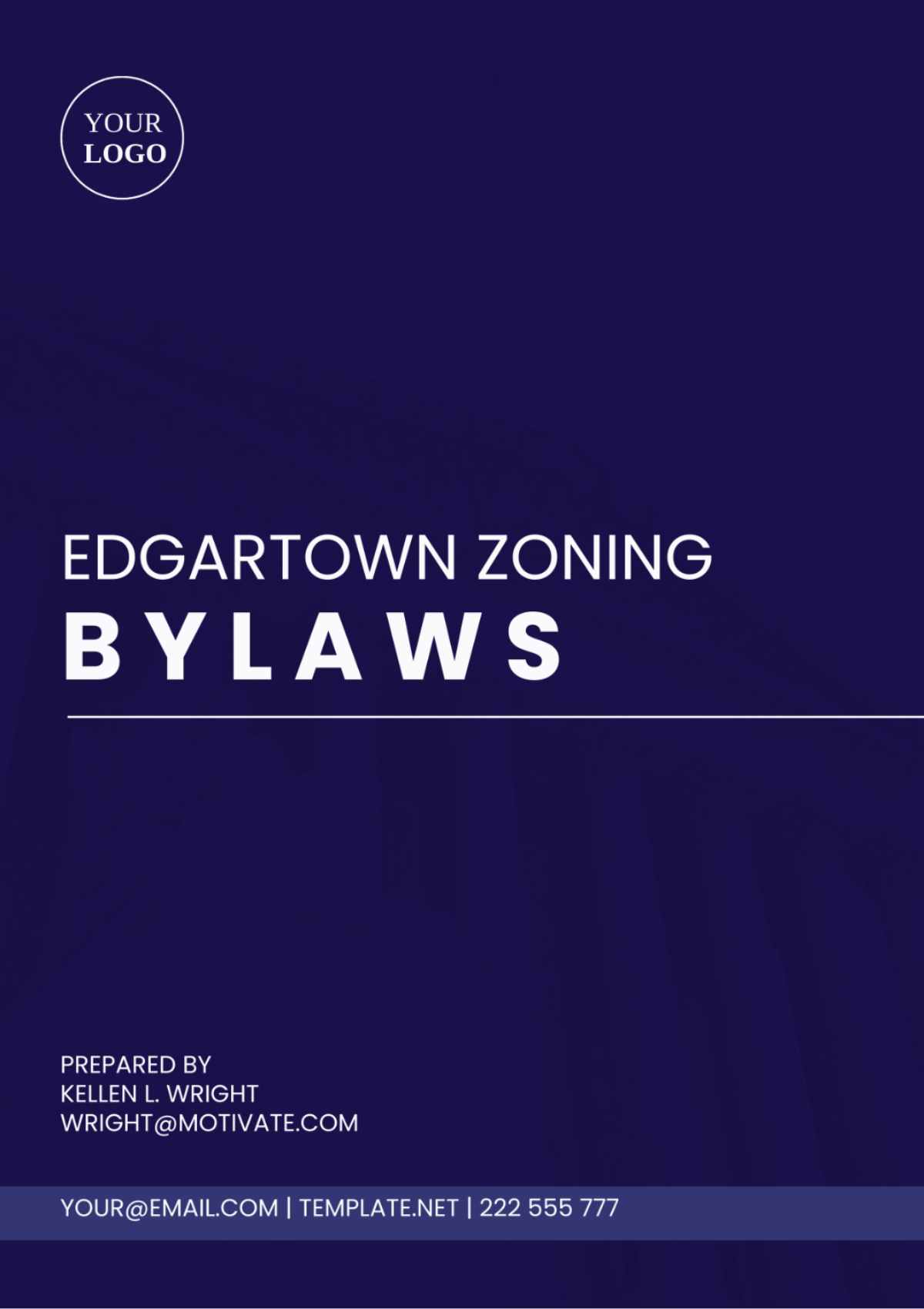
The primary intent and underlying purpose of these bylaws is to advocate for and ensure the optimal health, safety, and overall well-being of the residents living in Edgartown, Massachusetts. This is projected to be achieved through the careful regulation and management of how land and structures are used within the boundaries of the town. The motive is not just to control but to build a safer and healthier community within the town limits of Edgartown, Massachusetts.
Article I: Zoning Districts
Section 1: Establishment of Districts
1.1 Residential Districts
(a) Edgartown's residential districts mainly house single-family dwellings, duplexes, and other residential structures.
(b) Residential district regulations may dictate lot sizes, building heights, and setbacks to preserve neighborhood compatibility and a pleasant living environment.
(c) Permitted uses may also include accessory structures such as garages, sheds, and guesthouses, subject to specific standards outlined in the zoning bylaws.
1.2 Commercial Districts
(a) Commercial districts are designated for commercial activities such as retail, dining, office space, and other commercial enterprises.
(b)These districts may accommodate a range of businesses, including shops, restaurants, professional offices, and service establishments.
(c) Commercial district zoning regulations may tackle matters like building design, signage, parking, and land use compatibility to boost the economy and preserve the area's character.
1.3 Industrial Districts
(a) Industrial districts are intended for manufacturing, warehousing, distribution, and related industrial activities.
(b) These districts, suitable for heavy industry, may have adequate infrastructure, transport access, and buffers from sensitive land uses.
(c) Zoning rules in industrial areas may cover building setbacks, noise, emissions, site design, and environmental safeguards to limit effects on nearby properties and nature.
1.4 Agricultural Districts
(a) Agricultural districts are designated for agricultural activities such as farming, horticulture, and animal husbandry.
(b) These districts may encompass areas with fertile soils, suitable topography, and access to water resources necessary for agricultural production.
(c) Zoning regulations within agricultural districts may include provisions to support and protect farming operations, such as minimum lot sizes, setbacks from property lines, and restrictions on non-agricultural uses.
1.5 Conservation Districts
(a) Conservation districts are established to preserve and protect environmentally sensitive areas, natural resources, and open space.
(b) These districts may include wetlands, woodlands, wildlife habitats, and other areas of ecological significance.
(c) Conservation district zoning rules may ban or limit development, protect natural features, and demand conservation easements or land dedications for long-term natural asset preservation.
1.6 Historic Districts
(a) Historic districts are designated to preserve and protect buildings, structures, and landscapes of historical or architectural significance.
(b) These districts may include historic downtown areas, neighborhoods with significant architectural character, and cultural landmarks.
(c) Zoning regulations within historic districts may include design guidelines, review processes for exterior alterations or new construction, and incentives to encourage the preservation and adaptive reuse of historic buildings.
Section 2: District Maps
It falls under the responsibility of the Town Clerk to take care of and upkeep maps that clearly illustrate and specify the boundaries for each zoning district present in the town. Along with this responsibility, it is also important for these maps to be made simple and user-friendly for understanding which will allow ease of accessibility to everyone belonging to the general public.
Article II: Permitted Uses
Section 1: Residential Districts
In residential districts, the types of buildings and structures that are allowed or permissible for use include dwellings designed for single families, buildings that are designed as duplexes to house two separate families or households, and structures that are accessory in nature, serving supplementary roles to the primary residences.
Section 2: Commercial Districts
In commercial districts, the types of establishments that will be allowed or permitted to operate include, but are not limited to, retail stores that may sell various goods, restaurants offering different cuisines and dining experiences, offices that could house various businesses or corporations, and other types of commercial establishments that engage in different kinds of trade or business operations.
Section 3: Industrial Districts
In the industrial districts, the kinds of uses that are allowed and permitted by the relevant authorities shall encompass facilities for manufacturing, storage facilities commonly known as warehouses, and centers for the distribution of goods and products.
Article III: Dimensional Regulations
Section 1: Lot Size
Residential District: The minimum lot size for single-family dwellings shall be 10,000 square feet.
Commercial District: The minimum lot size for commercial developments shall be 20,000 square feet.
Industrial District: Minimum lot size for industrial facilities shall be 1 acre.
Agricultural District: Minimum lot size for agricultural uses shall be 2 acres.
Conservation District: Minimum lot size may not be applicable, depending on conservation regulations.
Historic District: Minimum lot size may vary based on historical preservation guidelines.
Section 2: Setbacks
Residential District: Minimum front setback shall be 20 feet, side setbacks shall be 10 feet each, and rear setback shall be 25 feet.
Commercial District: Setbacks may vary based on specific site plan requirements and neighboring land uses.
Industrial District: Minimum setbacks shall be 25 feet from property lines.
Agricultural District: Setbacks may vary based on the type of agricultural activity and proximity to sensitive areas.
Conservation District: Setbacks may be determined by conservation regulations to protect natural features and habitats.
Historic District: Setbacks may be determined by historical preservation guidelines to maintain the character of the district.
Section 3: Building Height
Residential District: Maximum building height shall be 35 feet or 2.5 stories.
Commercial District: Maximum building height shall be 40 feet or 3 stories.
Industrial District: Maximum building height shall be 50 feet or 4 stories.
Agricultural District: Maximum building height may be restricted to preserve agricultural vistas and minimize visual impact.
Conservation District: Building height regulations may be subject to conservation guidelines to minimize visual intrusion and maintain natural views.
Historic District: Maximum building height may be regulated to preserve the historic character and scale of existing structures.
Article IV: Special Permit and Variance Procedures
Section 1: Special Permits
(a) Applicants must submit a complete application to the Zoning Board of Appeals (ZBA).
(b) ZBA holds a public hearing and considers criteria from state law and zoning bylaws.
(c) ZBA may impose conditions and issue decisions.
Section 2: Variances
(a) Applicants must show undue hardship due to zoning bylaws.
(b) ZBA grants variances after public hearings, considering criteria from state law and local regulations.
(c) Variances require minimal relief not detrimental to the public good.
(d) ZBA may impose conditions and issue decisions.
Article V: Site Plan Review
Section 1: Applicability
Site plan review shall be required for all proposed developments or alterations to existing properties that meet certain criteria, as determined by the Edgartown Planning Board. The Planning Board will assess whether a proposed project triggers the requirement for site plan review based on factors such as the scale of development, potential impacts on surrounding properties, and adherence to zoning regulations.
Section 2: Site plan review must provide the following documents:
Site Plan: Detailed site layout including property boundaries, structures, parking, and landscaping.
Floor Plans: Layout and dimensions of proposed structures, rooms, and amenities.
Elevations: Architectural drawings showing exterior appearance and materials.
Landscaping Plan: Details on vegetation, hardscape features, and screening.
Grading and Drainage Plan: Proposal for grading, drainage, and erosion control.
Utility Plans: Layout and connections for water, sewage, electrical, and telecommunications.
Traffic Impact Analysis: Assessment of traffic patterns and parking demand.
Environmental Impact Assessment: Evaluation of environmental effects, including wetlands and habitat.
Compliance Documentation: Proof of adherence to zoning regulations and building codes.
Application Fee: Payment as determined by the Edgartown Planning Board to cover
Article VI: Parking and Loading Requirements
Section 1: Minimum Requirements
Minimum parking and loading space requirements for various land uses shall be as follows:
Residential Land Uses: Parking requirements for residential properties, including single-family dwellings, multi-family dwellings, and accessory apartments.
Commercial Land Uses: Parking requirements for commercial establishments such as retail stores, restaurants, offices, and banks, based on square footage or seating capacity.
Industrial Land Uses: Parking requirements for industrial facilities, including warehouses, manufacturing plants, and distribution centers, based on employee count and square footage.
Institutional Land Uses: Parking requirements for institutions like schools, churches, and hospitals, are based on factors such as staff size, student capacity, or bed count.
Recreational Land Uses: Parking requirements for recreational facilities, parks, and sports complexes, based on anticipated usage and spectator capacity.
Mixed-Use Developments: Parking requirements for developments combining multiple land uses, tailored to the specific combination of residential, commercial, and other uses.
Loading Space Requirements: Designated loading space requirements for commercial and industrial properties, ensuring adequate space for delivery vehicles and minimizing traffic disruptions.
Article VII: Sign Regulations
Section 1: Size and Placement
Size: Regulations specify the maximum dimensions allowable for signs, ensuring they are not overly large or obstructive within the environment.
Placement: Guidelines dictate where signs can be located, such as setback distances from property lines and requirements for ensuring visibility of traffic signals and pedestrian pathways.
Design: Standards outlining the materials, colors, lighting, and overall aesthetics of signs to ensure they are visually appealing, harmonious with their surroundings, and legible to their intended audience.
Article VIII: Environmental Protection
Section 1: Wetland Protection
Wetland Delineation: Conduct a wetland delineation study before development.
Buffer Zones: Establish buffer zones around wetlands, restricting certain developments.
Permitting Requirements: Obtain permits from relevant agencies before development.
Mitigation Measures: Implement measures to minimize wetland impacts.
Section 2: Shoreline Development
Setback Requirements: Establish setbacks to protect shoreline ecosystems.
Vegetation Protection: Protect existing vegetation for habitat and erosion control.
Erosion Control Measures: Implement techniques to prevent erosion and maintain stability.
Shoreline Access: Provide public access points while minimizing environmental impact.
Permitting Process: Obtain necessary permits from relevant agencies before development.
Article IX: Non-Conforming Uses and Structures
Non-conforming uses and structures may be continued under certain conditions as specified in the following specific regulations:
Grandfather Clause: Existing non-conforming uses and structures that were lawfully established before the enactment of current zoning regulations may be allowed to continue.
Conditions for Continuation: The continuation of nonconforming uses and structures may be subject to conditions such as:
(a) No expansion or intensification of the non-conformity beyond its existing footprint or level of activity.
(b) Compliance with any applicable performance standards or mitigation measures to minimize adverse impacts on surrounding properties or the community.
(c) Maintenance of the nonconforming use or structure in a safe and habitable condition, including compliance with building and fire codes.
Discontinuation Period: If a non-conforming use or structure is discontinued for a specified period, as determined by the zoning regulations, it may lose its protected status and be required to conform to current zoning requirements upon re-establishment.
Review Process: Requests for the continuation of non-conforming uses or structures may be subject to review by the zoning board or other designated authority to ensure compliance with applicable regulations and to address any potential impacts on public health, safety, or welfare.
Article X: Administration and Enforcement
Zoning Enforcement Officer: The Zoning Enforcement Officer shall be responsible for the administration and enforcement of these bylaws.
Zoning Board of Appeals: The Zoning Board of Appeals shall hear and decide appeals and petitions for variances or special permits.
- 100% Customizable, free editor
- Access 1 Million+ Templates, photo’s & graphics
- Download or share as a template
- Click and replace photos, graphics, text, backgrounds
- Resize, crop, AI write & more
- Access advanced editor
Discover the comprehensive Edgartown Zoning Bylaws Template on Template.net. This editable and customizable resource is perfect for ensuring compliance and clarity in your zoning regulations. Crafted with precision, it's easily editable in our Ai Editor Tool, enabling effortless customization to suit your specific needs. Simplify your zoning process with this essential template.
